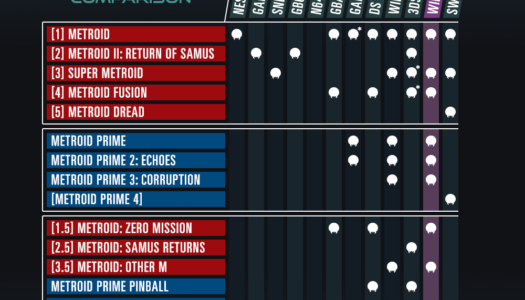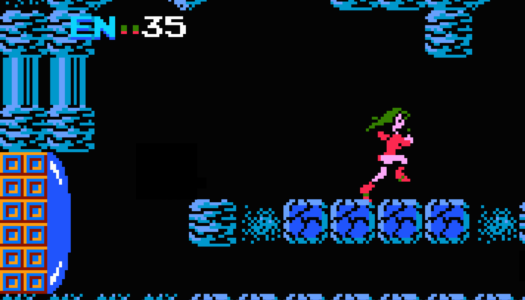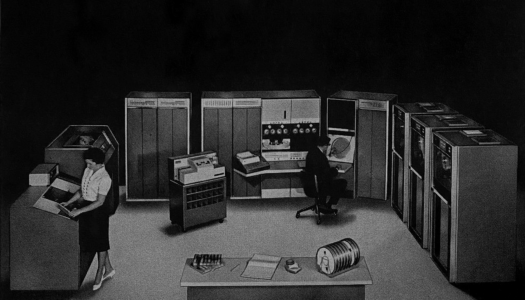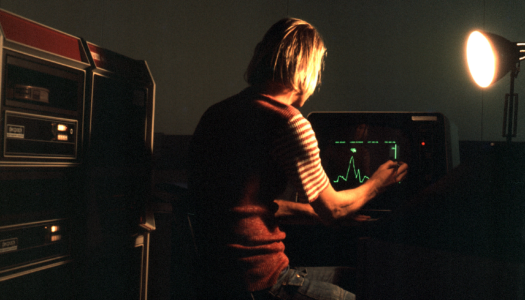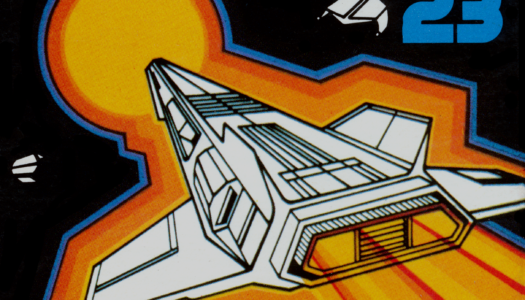The Dishwasher: Vampire Smile

Publisher: Microsoft Game Studios / Developer: Ska Studios / Platform: XBLA
The Dishwasher: Vampire Smile is the sequel to The Dishwasher: Dead Samurai, an Xbox Live Indie Game by Ska Studios that eventually gained enough popularity to become a full-fledged Xbox Live Arcade title. Ska Studios also made a few other popular indie games like I MAED A GAM3 W1TH Z0MB1ES!!!1 and the ZP2K series, the latest one being a personal favorite indie title of mine, which we reviewed earlier this year. Vampire Smile plays a lot like the previous Dishwasher game, but there’s enough different in this title to make it seem like much more than just an addon.
Vampire Smile has the same hand-drawn, high-contrast art style as most of Ska Studios’ other titles, and it’s definitely at its best here. The animations are quick and visceral, all of the characters and enemies look fantastic, and the comic book style cutscenes look great and are fun to watch. While there were a few times I lost track of my character or found the environments to be just a little too dark, I found the thick, sketchy outlines and dark color palette to be more aesthetically pleasing than annoying.
The Dishwasher: Vampire Smile‘s story mode starts off with a completely different character than The Dishwasher himself, a girl simply known at first as “The Prisoner”. She wakes up in a prison (obviously), and finds herself randomly being thrown into a dark, creepy nightmare that resembles some sort of asylum. Upon waking from these nightmares she always finds herself in a different place, usually with a freshly-dead body nearby. This strange curse is what helps her initially break out of her cage, and she uses her incredible acrobatic abilities to ensure the guards don’t put her back. Once this first level is completed players can choose to play as either The Prisoner or The Dishwasher. Both characters have completely different storylines and weapons to choose from, which makes the game still seem fresh even after you’ve beaten it with one of the two characters.
Much like the previous game, Vampire Smile plays as an acrobatic 2D platformer/beat-em-up, sort of like a side-scrolling Devil May Cry. Combat is pretty simple to pick up; X is a normal attack, Y is a stronger attack that changes depending on which weapon you’re using, B grabs and A jumps. Players can dodge in any direction using the right thumbstick (including up, which makes the jump button laughably inadequate) which make aerial combat a breeze and really makes you feel like a fast, agile badass. Both characters can unlock a few different spells to use, all of which are incredibly powerful but can only be used a few times. Players will also unlock the ability to shoot at enemies using the right trigger. The guns are weak and are almost always blocked by enemies, but it is nice to have a quick projectile attack to use in a pinch.
Both characters in Vampire Smile each acquire four different weapons to choose from, and each of them are unique and fun to use. You’ll start off with a standard katana (even this is handled differently between both characters), but eventually you’ll find weapons ranging from a giant hypodermic needle, to a ninja kama, to probably one of the most deceptively (and hilariously) powerful weapons I’ve seen in recent years. Since each character has their own unique set of four weapons, its fun to hop between each storyline to try them all out.
The story mode is a little on the short side, but is still incredibly fun to play nonetheless. Instead of a linear “just-keep-going-right” style that most beat-em-ups succumb to, Vampire Smile‘s levels are a little more open, giving players the ability to look for secret rooms if they please. Secret rooms will usually hold either a timed challenge where you have to clear out a room full of enemies within a certain time limit, or a present holding a unique “bead”. These beads, when equipped, give the player unique abilities, ranging from dealing extra damage to zombies to adding your combo score to your weapon’s damage. These beads add an interesting level of customization, giving players the ability to give themselves bonuses depending on how they play.
My main problem with the game, however, is that it just isn’t open enough. Paths branch off and beating one boss will give you a keycard to open another door, which leads to another boss, et cetera, but the entire time I was thinking how awesome it might’ve been if the next The Dishwasher game was even more open, much like the recent Metroid or Castlevania games. Aside from this, the boss designs in Vampire Smile are fantastic. While the boss difficulty seems kind of sporadic over the course of the game, one fight in particular against a “vegetative neuromancer” is incredibly easy but should go down as one of the most memorable boss fights in the past few years.
If you get bored of story mode (or just finish it), Vampire Smile offers a few other modes to try out. Other than the two-player co-op mode, there is Arcade Mode and the Dish Challenge. Dish Challenge is pretty much an endless fight in a big room with tons of enemies pouring in. Players can compete to survive the longest and post their high scores on an online leaderboard. Arcade Mode offers a huge list of short challenges to complete using preset characters and weapons.
While The Dishwasher: Vampire Smile is a little on the short side, I still found it to be one of the most enjoyable XBLA titles in awhile. The combat is tight and feels good, the art style is fantastic, and the amount of customization for a beat-em-up is something more games should follow. The Dishwasher: Vampire Smile releases on Wednesday, April 6th and is definitely not something fans of acrobatic combat and comic book art will want to miss.











